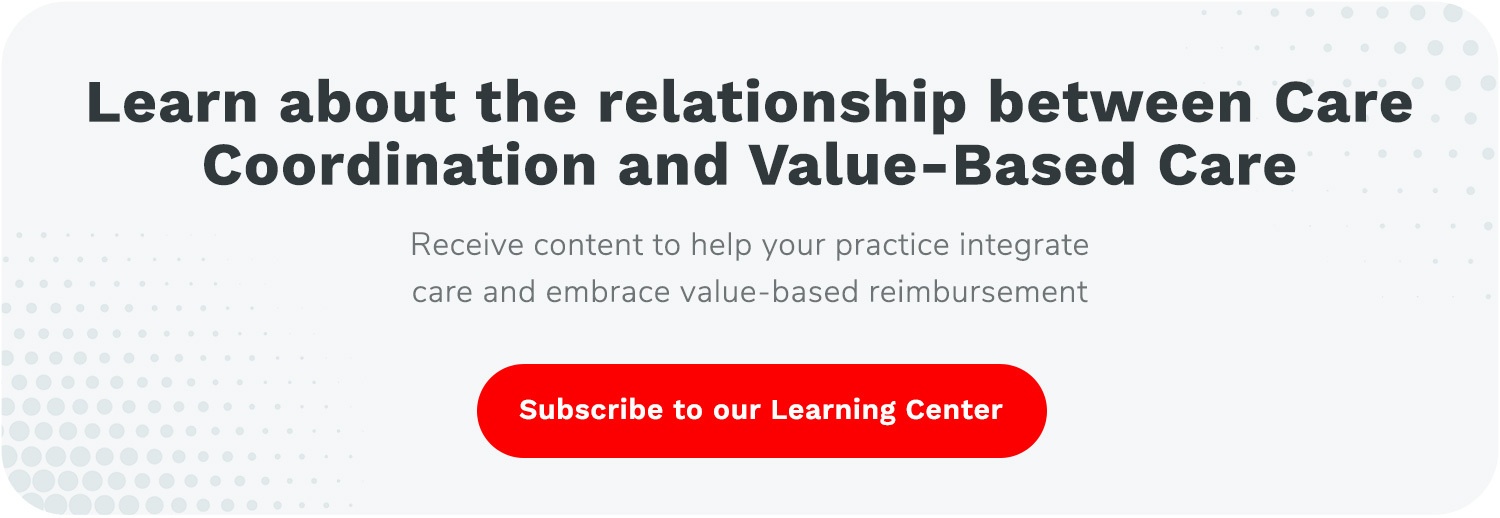What is Remote Therapeutic Monitoring?
Medicare’s program, Remote Therapeutic Monitoring (RTM), is a value-based care program with services similar to Remote Patient Monitoring (RPM). So, what exactly is RTM and how does it differ from RPM? In this video, we’ll explore what RTM is, how RTM data is collected, and the billing requirements necessary for the program.
The Centers for Medicare and Medicaid Services introduced Remote Therapeutic Monitoring in 2022. The program reimburses providers for the review and monitoring of non-physiological data with a focus on musculoskeletal, respiratory systems, and cognitive behavioral therapy.
RTM increases patient engagement by letting them share their progress and concerns with their provider between appointments. By collecting data remotely, healthcare providers can gain real-time insights into a patient's progress and make adjustments to their treatment plan as needed.
RTM is helpful for dealing with musculoskeletal disorders or respiratory issues, especially when adhering to home therapy is important for a patient’s care. RTM can help patients stick to their medication schedules, follow treatment plans, complete rehabilitation exercises, and practice cognitive behavioral therapy. This support leads to better health outcomes.
What You'll Learn:
- What RTM is
- How RTM data is collected
- Examples of RTM devices
- RTM billing requirements
- RTM billing CPT codes
- How RTM benefits patients


.jpg)
